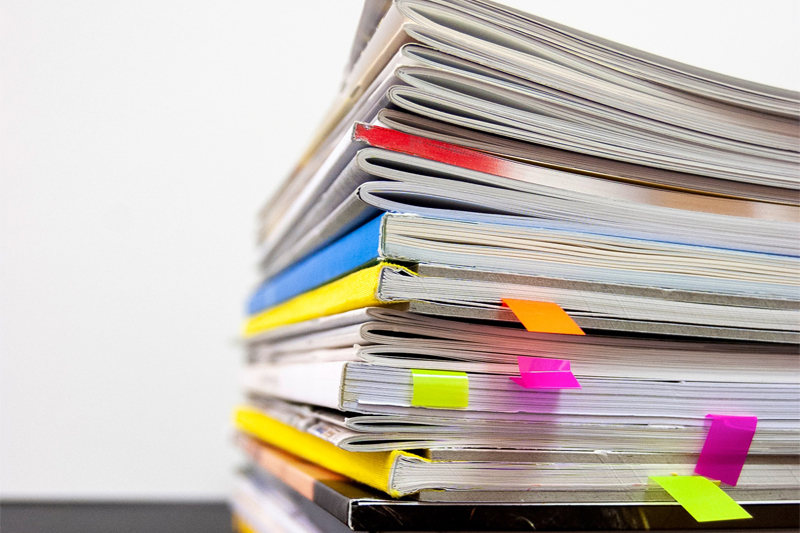The recent flooding in Baton Rouge, LA serves as a stark reminder of just how vulnerable we all are, both personally and professionally, to disaster. In just hours, thousands of people were without power, phone service, and internet, if they had homes or businesses left at all. Everything changed overnight. As we look to Louisiana and lend the aid that we can, we need to ask ourselves, “Could my business survive such a disaster? Could I keep working if the building standing around me now was literally swept away?”
Small business owners invest a tremendous amount of time, money, and resources to make their ventures successful, yet, many fail to properly plan for disaster. An estimated 40% do not reopen following major disaster, according to FEMA. It doesn’t have to be this way. Through careful planning, you can protect your business to help minimize loss and ensure its survival. Here are seven steps to help you get started.
- Stay home for a few days.
That is, perform a readiness test by working from home for a day or two. With your office off-limits, you’ll quickly discover what you need to make working without it successful. For instance, you may discover that you need a home router to make working on multiple devices possible, or that you have a firewall blocking Internet phone service. Testing work from an “off” location is the first step in developing your disaster plan.
- Form a contingency planning committee.
Look for individuals who will bring a variety of perspectives to the table, those who can identify different vulnerabilities within your company. Your facilities manager, for example, can identify threats to your physical building, while your HR rep can identify threats to sensitive employee information. Select a variety of employees across all levels -- executive, middle management, and staff. This team will identify potential issues and begin creating strategies to overcome them.
- Drill down to the basics.
Your next step is to develop a basic list of items you need to keep your business running -- things you cannot live without. From here you can develop various contingency plans. If you regularly meet with clients, for example, you might need a way to access the calendars you keep in multiple offices and redirect appointments to other locations. If client data is crucial to your business, you must have to way to access it if your server goes up in flames. If your team must work together in one location, determine where that backup location will be. In short, think up the worst-case scenario and map a strategy to keep things moving forward.
Note: This is a great time to backup your data and also consider moving your data to the Cloud.
- Perfect your communication.
Maintain a complete company roster with multiple methods of contact so that you can alert employees of an emergency, and then determine who will be in charge of alerting them. The roster should include multiple modes of contact -- email addresses, cell phone numbers, home phone numbers, and so on. The more ways you have to keep in touch should disaster strike, the better. Be sure to keep this roster updated, as disconnected phone numbers or outdated email addresses won't do you any good. Beyond alerting employees to disaster, this roster will also serve as a way to keep connected while you work remotely during the disaster.
- Choose your second (and third and fourth) in command.
The second team you need to form is a leadership team, specific leaders you appoint who have the ability to oversee the company in the aftermath of disaster. Remember, not everyone will be available to work. The CEO may have been evacuated for flooding, but other employees, who live across town, may still be living comfortably at home. What is the chain of command? Members of the leadership team can back each other up and implement the emergency plans that have been established.
- Bring in a consultant.
As you develop your plans, periodically bring in someone who knows a little bit about your business -- your accountant or business consultant -- to look over your analysis. Being too close to a project, especially in this case, makes it harder to see where the holes are.
- Educate.
Once you have your plans in place, educate your employees about them. Disseminate the information in such a way that there is no question as to what to do in case of emergency. Periodically run “fire drills” to test your response to various disasters. Shut down certain systems, or simulate other disruptions, and see how the business reacts. In a small business with relatively few employees, everyone counts. Make sure each person knows how to respond.
Take a moment to consider all of the things that could go wrong: fire, flood, tornado, workplace violence, hurricane, bomb threats, the death of key employees in an accident, burglary...the list goes on. But, do not become overwhelmed by potential disaster. Focus instead on the situations most relevant to your business, and resolve to take action in response. We hope nothing ever happens, but we must act as if it will, and design plans that allow us to emerge victorious.






